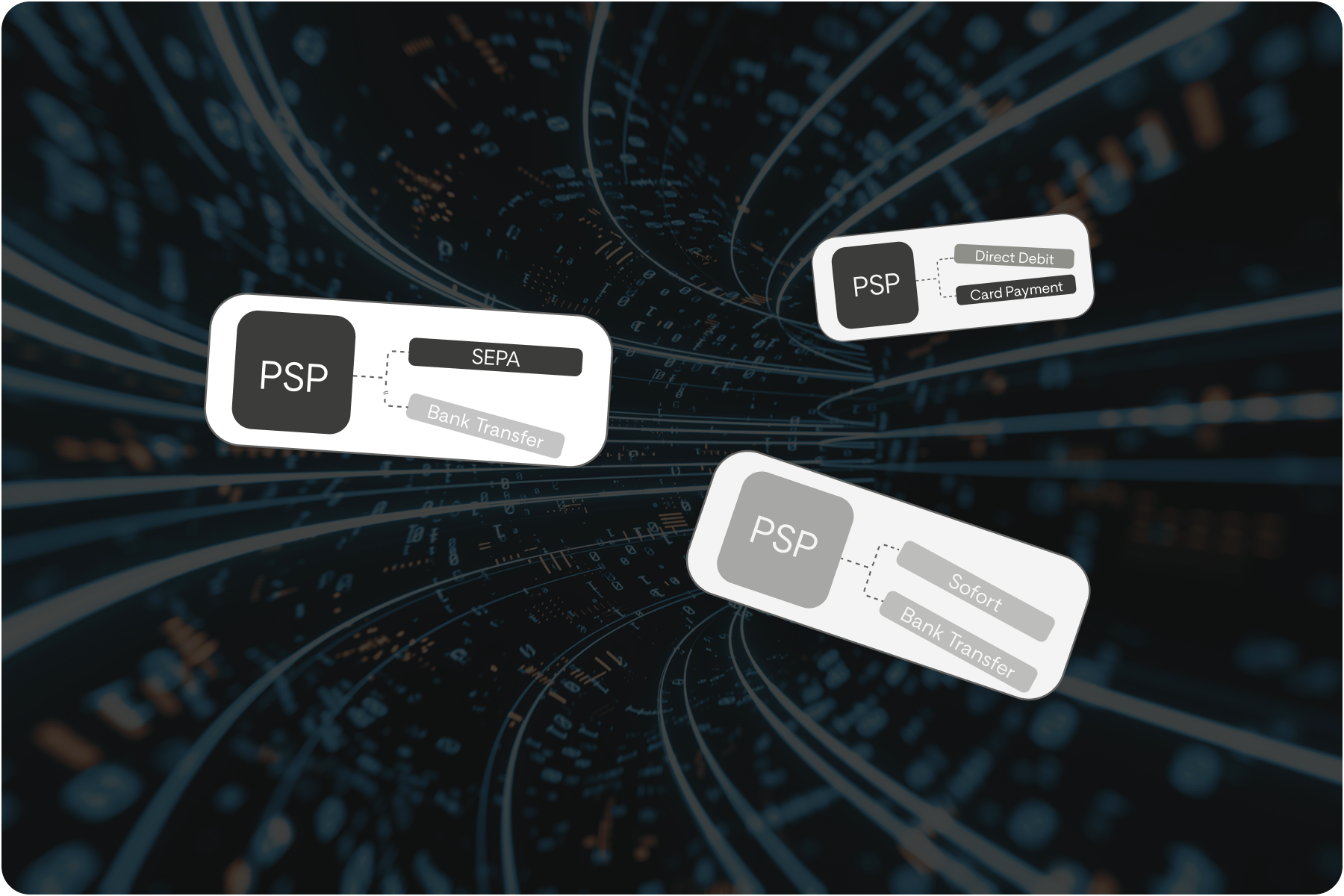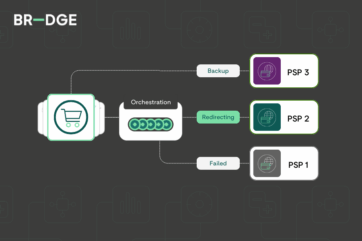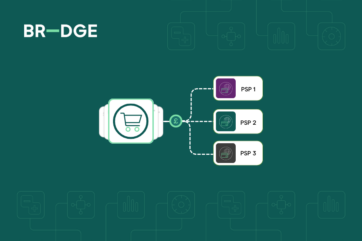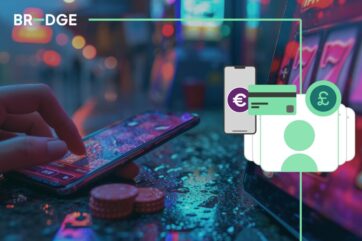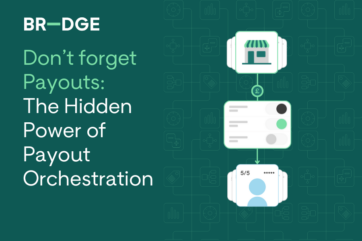
Top 3 digital retail trends in payments

As a digitally adept nation, with the world at our fingertips, expectations for online retailing experiences run high. In the UK alone, we have internet penetration rate of 98%, and in recent years this has seen a shift in buying habits towards digital spending. The convenience and immediacy of online shopping has enabled digital retailers to flourish, however it has created a hive of competition and to standout, brands need to reflect on how they can not only provide the right product at the right time, but provide an immersive and compelling experience.
Despite increasing competition, there is huge opportunity for digital retailers, with eCommerce growth expected to continue rising from 14.1% to 22% as a total percentage of all retail sales worldwide. However, to capitalise on this and meet the ever-changing expectations of shoppers, you need to provide a streamlined, immersive and secure experience.
In this article we explore the top 3 trends that will define digital retail success in 2023 and how the accessibility of payment data is key in implementing these strategies successfully.
1- Embedded finance
In the current competitive eCommerce environment, ease and speed is paramount to convert and retain digital customers. 59% of digital consumers will abandon a digital retail purchase if it takes over three minutes to buy due to checkout friction (BR-DGE Consumer Survey). Additional actions, clunky data input and redirects to external pages can severely impact the speed of your checkout. Embedded payments give you the ability to streamline your checkout process by reducing the number of steps in the buyer's journey.
What is an embedded payment?
Embedded payments are a subcategory of embedded finance. In its simplest form, embedded finance is when financial technology is fully integrated into a non-financial entity whether that be a website, a business or an app. Embedded payments often already have access to the user's payment information allowing for the user to pay instantly with little to no checkout friction.
Embedded payments can significantly reduce checkout friction and merchants like you can embed real-time payment rails, allowing you to process transactions instantly, giving your customers the ability to pay with a single click.
There are a number of different embedded payment methods on the market, including:
- Open Banking
An Open Banking integration enables the user to carry out an account-to-account transaction. This is a quick and easy transaction for the customer, mitigating the need for card input, and it also offers instant transparency for the customer, appearing in their account immediately. Open Banking is also a great solution in combatting rising fraud in digital spending too. With BR-DGE's platform being connected with industry leading providers such as Vyne, American Express’s Pay with Bank Transfer and Volt.
- Embedded lending (BNPL)
To use a BNPL product the consumer must have an account set up with their payment and user details. As a result, when a customer uses an embedded BNPL option at your checkout they can complete their checkout experience with a single click, reducing friction and improving time-to-conversion. BNPL solutions provide greater flexibility for consumers who are looking to split payments, which in turns makes your products or services more accessible to a wider audience. BR-DGE are working in partnership with a number of flexible payment providers, including the Visa Instalments Solution (VIS) APIs. VIS provides the option at checkout for consumers to pay for purchases over time, by dividing the purchase amount into smaller, equal payments.
- In app purchasing
By offering direct payment via an app you can reduce checkout friction, much like BNPL, by paying with just a click due to the app being logged into the consumers' account. By having access to more personalised data via the app you can also display an individuals preferred payment methods to increase the likelihood of converting. In app purchasing also has the added benefit of increasing digital customer loyalty through personalised offerings, loyalty bonuses, push notifications and other functionality.
- Loyalty schemes
Embedded finance further enables a consumer's payment method to be linked directly to your loyalty scheme or point-of-sale promotions and incentives. With access to embedded payment data you can suggest personalised offers. This connectivity grants you functionality to send push notifications to spend existing loyalty points or to alert users to the latest deals offered by the merchant which is a key part of personalising the user experience. With your loyalty scheme natively integrated into your payment workflow, you can apply discounts at the right time and deliver an intuitive experience for your repeat customers.
Improving financial inclusivity with embedded payments
Embedded payments offer a wealth of opportunity for reducing friction, improving the customer experience and in some case, increasing the basket value when shopping on your digital retailing site. 28% of retail spender survey, highlighted that speed is critical during the checkout experience and when processes become complicated or lengthy, they are prone to abandoning cart (BR-DGE Consumer Survey). Embedded payments offers a new age of flexibility and payment optionality, that can improve conversions, customer outcomes and the agility of the checkout process.
2- Personalisation throughout the customer journey
Personalisation is key to the retailing experience and remains a priority for digital retailers looking to compete online. From personalised offers and discount programs, through to the user interface and payment methods, there are a number of ways you can provide a better experience for your customer, but the real power lies in the data you capture and review for insights.
Utilising payment data that is captured throughout the customer journey can enable you to address sticking points such as speed or product value, and develop solutions to improve timely conversion. 49% of consumers surveyed highlighted that loyalty schemes and speed of checkout are a high priority and impact their decision to purchase (BR-DGE Consumer Survey). Security is equally favoured with 45% stating the look of the checkout screen is critical when they are completing checkout information (BR-DGE Consumer Survey).
In 2023, retailers need to look at the entire customer journey, from initial marketing offers through to the end checkout and payment experience. A personalised payment experience creates trust and allows you to convert more customers. True personalisation requires multiple approaches including a healthy choice of payment options especially locally recognisable names, relevant checkout offers and a competent loyalty scheme which increases average basket size and returning customers. It is important to also remember that payments are no longer one size fits all and you need to adapt and evolve your offering to suit the audience and target market.
Previously payment data was notoriously difficult to work with and acted as a barrier for retailers implementing personalised payment strategies. Having access to all your payment data from all sources in a centralised location is one of your most powerful tools as a merchant. This allows you in to record and analyse trends in preferred payment methods by geolocation, consumers’ payment behaviour and success of loyalty scheme rewards.
New solutions, such as orchestration empower merchants to take control of their payments, reduce costs and gain rich insight into your payment data. With this new insight, you can optimise payment flows with real time data and measure the success of your payment strategies.
A couple of key areas for personalisation include:
- Offering local payment methods
When dealing with overseas customers, having partnerships with locally trusted payment methods allows you to effectively penetrate the market by offering customers their preferred ways of paying in a local currency. By analysing the geolocation and success rates of customers, you can determine which local payment methods are most effective within each region while balancing transactional costs. Utilising local payment methods builds trust and credibility in your ability to serve a local market.
- Tracking customer personas
Access to all your payment data enables you to analyse your customers’ preferences and habits, which allows you to define personas within your customer base, and then target them appropriately with payment methods, offers and loyalty bonuses. You can utilise insights such as basket value, products purchased, previously used payment methods and speed of conversion. You can then explore automated workflows and smart tools, such as intelligent routing, to deliver the most compelling experience to your customer, based on previous behaviours and habits.
- Orchestrating a compelling customer experience
With a wealth of data captured from every transaction and customer interaction, you can utilise insights to adapt and evolve your customer journey to cater to the specific needs of your customers. With a payment orchestration layer, all data from across your payment infrastructure can be pulled instantly into a centralised location, enabling you to review trends and make data-driven, real-time decisions based on accurate retail data.
3- Ensuring a robust, resilient and highly secure checkout experience
Authentication and security are an essential part of the payment process; however, it is just as critical to balance this with a simple, streamlined online checkout journey. Consumers are seeking greater security and frictionless payment experiences when buying products online, which is challenging to balance as a retailer. In a recent consumer survey, results found that 34% of shoppers rank data security and payment encryption as the most important element of a positive online payment experience, with 83% highlighting they are concerned about how their card details are processed and stored during a digital transaction. On the other hand, 65% of retail customers surveyed further stated they will abandon their cart if the checkout process takes more than 5 minutes (BR-DGE Consumer Survey).
As an industry, eCommerce is quick-moving and dynamic. Digital retailers, like you, need to constantly test, trial and iterate measures to keep abreast of consumer trends, whilst mitigating any fraud risks. Over the last few years this has become increasingly challenging, as fraudlent activity becomes more sophisticated in their attack operations. This just highlights the needs for a multi-layered approach which provides the reassurance to your consumers, whilst also continuing to deliver a positive, frictionless experience.
- Integrating third party tools into your fraud stack
At enterprise level transactional volumes, you need to consider third-party fraud tools to effectively combat fraud at such a scale, enabling you to address items from identity verification through to risk pattern assessment. Recent innovations have included utilising an orchestration layer, which enables you to test and trial multiple solutions at speed, with minimal risk, through one single API integration.
Payment Orchestration platforms, like BR-DGE, will play an important role in helping merchants build effective anti-fraud tech stack, by allowing you to centralise and trial several fraud tools independently from your existing payment setup.
- Network Tokenisation
New developments on the horizon, such as network tokenisation, can also support you with greater fraud reduction. Network Tokenisation is where the primary account number (PAN) is replaced by a unique EMV (payment scheme) token, restricted to only be used by a certain device, merchant, transaction type or channel.
By utilising Network Tokens instead of proprietary (or Gateway) tokens, partners and merchants can ensure that card details are protected throughout the entire transaction lifecycle whilst also offering features such as lifecycle management to ensure the card details on file are almost the most up to date. The benefits are incredibly powerful too, with elevated authorisation rates anticipated at 2-7%, and up to 26% reduction in fraud.
Platforms, such as BR-DGE payment orchestration, are acting as an enabler for merchant access to support the growth of network tokenisation amongst eCommerce retailers.
- Utilising real time data to combat fraud
Part of the battle with managing fraud, is being aware of where and when it is happening. Combining insightful transaction data with third-party tooling, can support you in identifying patterns, trends and unusual behaviour, enabling you to challenge at the right time or introduce necessary friction for individual situations, to mitigate risk.
For many online retailers, fragmented systems pose a challenge, as data cannot be consolidated for clear reporting. With tools such as payment orchestration, you can build a bespoke dashboard to hone in on key reports. This not only enables you to work closely with fraud analysis tools, but also enables you to act on real-time data, to catch fraudulent activity at the point of transacting.
Reflecting on key retail trends
Our recent consumer research clearly displays a strong and compelling message for retailers. You must offer speed, security and flexibility during the customer to remain competitive. Customers are demanding more from their online experience and with the latest innovations in checkout experiences, the tools are adapting and evolving to enable you to address their needs and wants.
The growth within eCommerce presents huge opportunity for retailers with payments being essential to capitalise on digital trends. New technologies, such as payment orchestration, are providing a new age of flexibility for retailers to test, trial and iterate and speed.
At BR-DGE we are proud to be supporting retail merchants to deliver streamlined online customer experience, with rigorous fraud detection also in play. If you would like to find out more about how BR-DGE could support you in addressing the checkout needs of your customers, speak to one of our BR-DGE Builders today.
Related content
